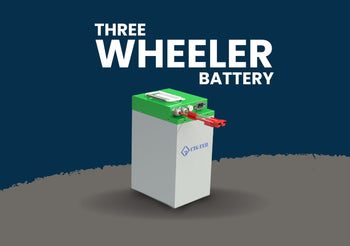National Electric Mobility Mission Plan 2013
The government has already initiated a plan in has announced plans to start its operations in India. Many companies in India have already started manufacturing electric scooters. The states of India which are aggressively participating in the research and development of e-vehicles are Uttar Pradesh, Madhya Pradesh, and Gujarat. This research work will help India to decrease its dependence on Lithium-Ion batteries in China.
The plan is projected to save 9500 million liters of crude oil which is equal to ₹ 62,000 crores. The NEMMP cages to invest around INR 14000 crores to foster R&D efforts and kick start nascent technologies, accelerate the uptake of electric vehicles, and develop necessary infrastructures through public-private co-investments. The Ministry of Heavy Industry had first set the potential target and objectives of the NEMMP undertaking a thorough analysis of the possible interventions, by taking into consideration focus group discussions, expert opinions, existing literature, international studies, as well as primary research conducted by the consulting firm Booz & Company, now Strategy&, which became the knowledge partner to the Indian authorities.
FAME INDIA
In the year 2015, Faster Adoption and Manufacturing of Hybrid and Electric Vehicles in India was first started. Its second phase has already been started. With this, the government is focussing on four major aspects of EVs, such as
- Technology Development
- Demand Creation
- Charging Infrastructure
- Pilot Projects
Initiative by Meity
The Ministry of Electronics and Information Technology launched a scheme that focuses majorly on the Phased Manufacturing Program. It focuses on the electronic aspects of EVs, which again will be used in manufacturing e-vehicles.
National Mission on Transformative Mobility and Battery Storage
A nationalized mission in the year 2019, started which focuses on the research and development of battery technology to decrease the dependence on China. With this, the government is also inviting foreign players to explore the Indian market, such as Tesla, etc.
These steps are competitive, but to make a fruitful transition to EV, there’s an urge to focus on the following Focus Areas
- Charging Infrastructure
- R&D in Battery Tech
- Scour for essential metals
- Make in India EVs
- EV education
India has only 300 charging stations; However, India has aimed to have 2900 charging stations by the year 2023. The work of the Indian government has started and we need more PPP (Public-Private Partnership) collaboration to achieve this target. Battery technology is really important. However, the 2019 commission focuses on this alarming issue, where the motive is to diversify the dependencies from adversaries to allies, and mostly on the creation of India-based technology. The Indian government has not been very forthcoming about electric vehicle education. EV courses need to be introduced into the school curriculum. Bachelor's and vocational curricula have to be devised to solve the technology and skilled labor crisis. Another grave challenge would be how well the existing automobile industry can transit toward EV segments.



















